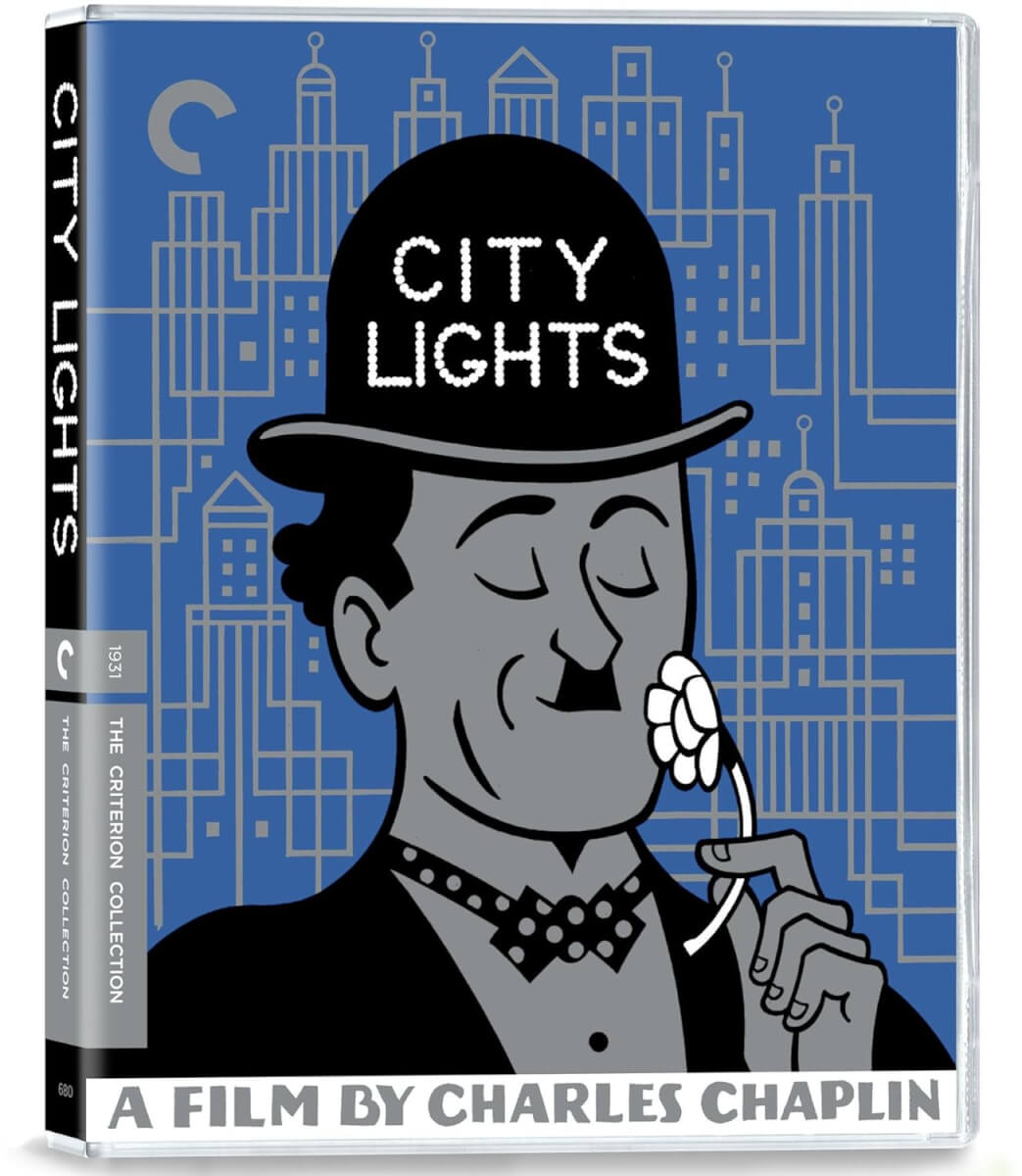Silent movies have played a crucial role in the history of cinema, paving the way for the art form as we know it today. These films, which rely solely on visual storytelling and musical accompaniment to convey their narratives, have produced some of the most iconic and influential works in the history of cinema. From the early experimental films of the Lumière Brothers to the epic dramas of D.W. Griffith, silent movies have left an indelible mark on the medium. This is why today we decided to explore some of the best silent movies of all time, highlighting the groundbreaking techniques that were used while showcasing unforgettable performances that have made these films enduring classics.
Let’s take a journey back in time to the era where you didn’t need dialogue when you had faces! We at StudyFinds have taken the time to comb through nine expert sources to bring you today’s ranking of the top seven best silent movies of all time. Don’t agree with our list or feel we missed out on a good film? The world of cinema is wide, which is why we would love to hear from you in the comments below. Now, onto the list!

The List: Best Silent Movies, According to Fans
1. “Metropolis” (1927)

Described as “one of the biggest, strangest, maddest films” in movie history by Classic Clips, “Metropolis” from 1927 is up first. Intriguingly, the film was groundbreaking for its innovative special effects and sets. The dystopian science fiction film’s futuristic cityscapes and towering buildings were unlike anything audiences had seen before. Director Fritz Lang’s vision of a society divided between the wealthy elite and exploited workers was a commentary on the social and economic issues of his time. Despite being a commercial failure upon its initial release, “Metropolis” has since been recognized as a cinematic masterpiece ahead of its time.
The Guardian adds that “Metropolis” served as the blueprint for everything from “Blade Runner” to “Star Wars.” Its influence on the science fiction genre cannot be overstated, with its iconic imagery and themes still resonating with audiences today. The film’s exploration of class struggle and the dangers of unchecked technological advancement continues to be relevant in our modern society. “Metropolis” truly paved the way for future filmmakers to push the boundaries of storytelling and visual effects in cinema.
YardBarker notes that the film was “shocking” in 1927 and is still shocking today, showcasing the lasting impact and relevance of its cautionary themes. As we continue to grapple with issues of wealth disparity and technological advancements, “Metropolis” serves as a poignant reminder of the dangers of losing sight of our humanity in pursuit of progress.
2. “City Lights” (1931)

Classic Clips calls “City Lights” the pinnacle of Charles Chaplin’s films deserving of preservation, and it is up next. This 1931 film is considered a masterpiece of silent film comedy. Chaplin’s iconic character, The Tramp, finds himself falling in love with a blind flower girl and goes to great lengths to help her regain her sight. The film showcases Chaplin’s impeccable comedic timing and physicality, as well as his ability to convey deep emotions without saying a word. With its heartwarming story and unforgettable final scene, “City Lights” remains a timeless classic that continues to captivate audiences worldwide.
Yardbarker describes this film as one that only Chaplin could pull off, as it remains a testament to his genius and enduring legacy in cinema. The film beautifully captures the essence of love, sacrifice, and humanity. “City Lights” is a masterpiece that showcases Chaplin at his absolute best, solidifying its place as one of the greatest silent films of all time.
“City Lights” has even been praised by famous directors such as Stanley Kubrick, as Capture states. The film’s timeless charm and Chaplin’s unparalleled talent truly shine through in every scene, making it a must-watch for any film enthusiast. The emotional depth and poignancy of the story are heightened by Chaplin’s expertly crafted comedic moments, creating a perfect balance that keeps viewers engaged from start to finish. With its universal themes and unforgettable characters, “City Lights” cements Chaplin’s legacy as a cinematic legend whose impact on the industry will never be forgotten.
3. “Sunrise: A Song of Two Humans” (1927)

“Sunrise: A Song of Two Humans” is a “macabre love-and-murder story,” as described by The Guardian. The film, directed by F.W. Murnau, tells the tale of a love triangle gone wrong. It is both haunting and captivating, leaving viewers on the edge of their seats until the very end. With its dark themes and unforgettable performances, “Sunrise” is a must-see for any fan of silent cinema.
Capture notes that “Sunrise” was the winner of multiple Academy Awards at the first-ever Oscar ceremony in 1929. The film’s success at the Oscars only solidifies its status as a timeless classic in the history of cinema. The performances of the lead actors, George O’Brien and Janet Gaynor, were praised for their emotional depth and authenticity, adding to the film’s overall impact. “Sunrise” continues to be celebrated for its innovative use of light and shadow, as well as its ability to convey complex emotions without the use of dialogue.
This film remains a testament to the artistic vision of director F.W. Murnau, inspiring generations of filmmakers since its creation. As a pioneering work of the silent film era, “Sunrise” transcends language barriers and continues to captivate audiences worldwide with its timeless themes of love, redemption, and human nature.
4. “The Cabinet of Dr. Caligari” (1920)

The 1920 film “The Cabinet of Dr. Caligari,” which, according to Movie Web, has no “shortages of thrills and artistic expression,” is the fourth pick on our list. The film is a groundbreaking example of German expressionism, with its distorted sets and eerie atmosphere creating a sense of unease throughout. The story of a hypnotist who uses a sleepwalker to commit murders is both chilling and thought-provoking, making it a must-watch for fans of classic cinema.
Noted by Yardbarker as changing horror forever, “The Cabinet of Dr. Caligari” is a masterpiece of early thriller cinema that has stood the test of time. The film’s haunting visuals and psychological depth have influenced countless filmmakers and artists in the years since its release. For those looking to experience a truly unsettling and immersive cinematic experience, “The Cabinet of Dr. Caligari” is a must-see.
The Guardian states “The Cabinet of Dr. Caligari” as “the very first art movie.” Its incredible set design and use of expressionist techniques have left a lasting impact on the world of cinema. The film’s twisted narrative and ambiguous characters create an atmosphere of unease and suspense that keeps viewers on the edge of their seats. “The Cabinet of Dr. Caligari” is not just a film but a work of art that continues to be studied and admired by film scholars and enthusiasts alike.
5. “The Passion of Joan of Arc” (1928)

Considered “a landmark of cinema” by Capture, “The Passion of Joan of Arc” is the next film to take up a place on our list. Directed by Carl Theodor Dreyer and released in 1928, this silent film is renowned for its emotionally intense performances and innovative use of close-ups. The film follows the trial and execution of Joan of Arc, played by actress Renée Jeanne Falconetti, whose performance is often hailed as one of the greatest in cinematic history. The film’s stark black-and-white cinematography and haunting score combine to create a truly unforgettable viewing experience.
Paste Magazine notes the director’s choice to “often give us nothing to look at but the actress’s face” but describes that that is simply enough. Falconetti’s portrayal of Joan of Arc is both tragic and powerful, capturing the agony and strength of the historical figure. Dreyer’s decision to focus so heavily on close-ups of Falconetti’s face allows the audience to truly feel the emotional weight of the character’s journey. The film’s minimalistic approach to storytelling and its raw, emotional performances make it a timeless classic that continues to resonate with viewers today.
The Guardian adds that Maria Falconetti showcases Joan’s “agony, doubt, anguish, and euphoria” with a calm and still demeanor. This contrast between the inner turmoil and outward composure of Joan adds depth and complexity to Falconetti’s performance, drawing the audience in and making them empathize with the character’s struggles. Overall, “The Passion of Joan of Arc” stands as a masterful example of silent cinema, showcasing the power of visual storytelling and the enduring strength of Falconetti’s performance.
6. “The General” (1926)

Described by Capture as “one of the greatest comedies of the 1920s,” thanks to Buster Keaton, the movie “The General” is next up. This silent film follows the story of a train engineer during the Civil War who must rescue his beloved locomotive from Union spies. With Keaton’s physical comedy and impressive stunts, “The General” has stood the test of time as a classic in the world of cinema. Its innovative use of special effects and thrilling action sequences continue to captivate audiences nearly a century after its release.
Collider considers “The General” to easily be one of the first action movies ever made, setting the standard for future films in the genre. Buster Keaton’s ability to merge humor with heart-pounding action solidifies his place as one of the greatest performers of the era. It is because of this that “The General” is a timeless masterpiece that will continue to entertain and inspire audiences for generations to come.
7. “Battleship Potemkin” (1925)

1925’s “Battleship Potemkin” is the last silent film we will analyze today. This groundbreaking Soviet propaganda film, directed by Sergei Eisenstein, tells the story of a mutiny on a Russian battleship in 1905. It is known for its innovative use of montage editing and its powerful portrayal of the struggle between the ruling class and the working class. Despite being banned in several countries for its revolutionary content, “Battleship Potemkin” remains a landmark in the history of cinema.
Described by Films Ranked as being a film that inspired such acclaimed directors as Francis Ford Coppola and Terry Gilliam, “Battleship Potemkin” continues to be studied and revered for its influential techniques and themes. Its impact on the cinematic world cannot be overstated, as it broke new ground in storytelling and visual language. The film’s iconic Odessa Steps sequence, in particular, is often cited as one of the most unforgettable moments in movie history.
“Battleship Potemkin” doesn’t pull any punches and delivers a powerful and emotional conclusion that leaves a lasting impact on viewers. The use of montage in the final scene is masterful, showcasing the brutality and chaos of the events portrayed.
Sources:
- The Guardian
- Classic Clips–
- Yardbarker
- Capture
- Paste Magazine
- Movie Web
- Red Book Mag
- Collider
- Films Ranked
Note: This article was not paid for nor sponsored. StudyFinds is not connected to nor partnered with any of the brands mentioned and receives no compensation for its recommendations. This article may contain affiliate links in which we receive a commission if you make a purchase.
